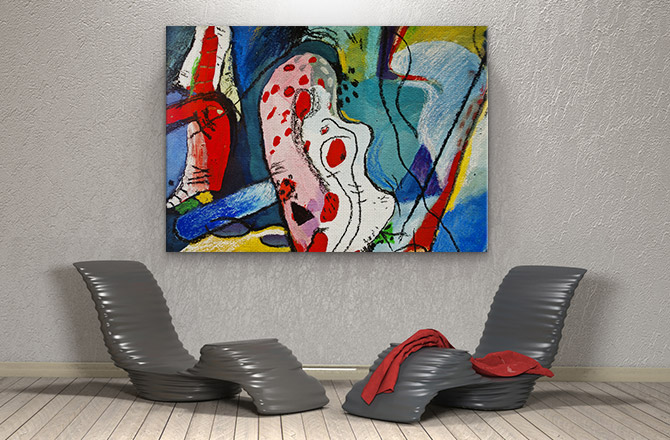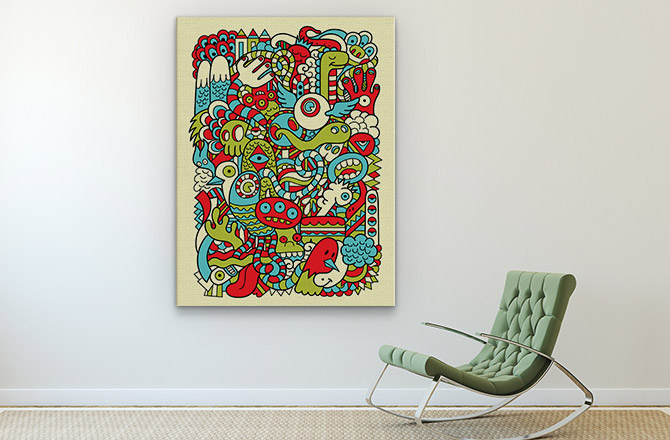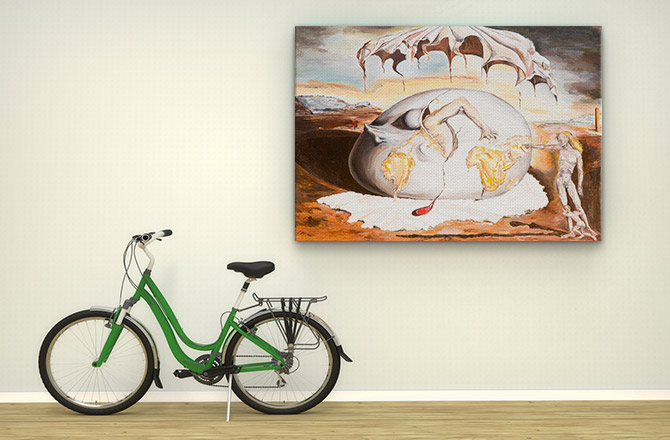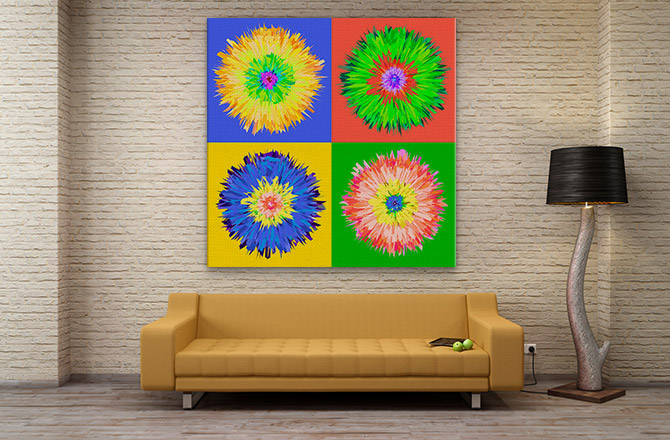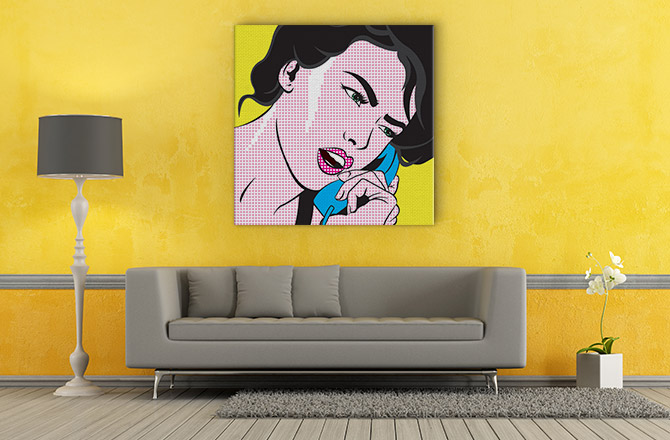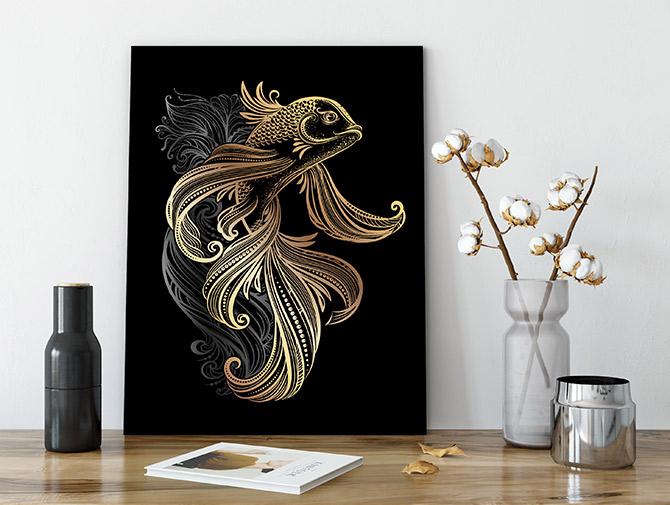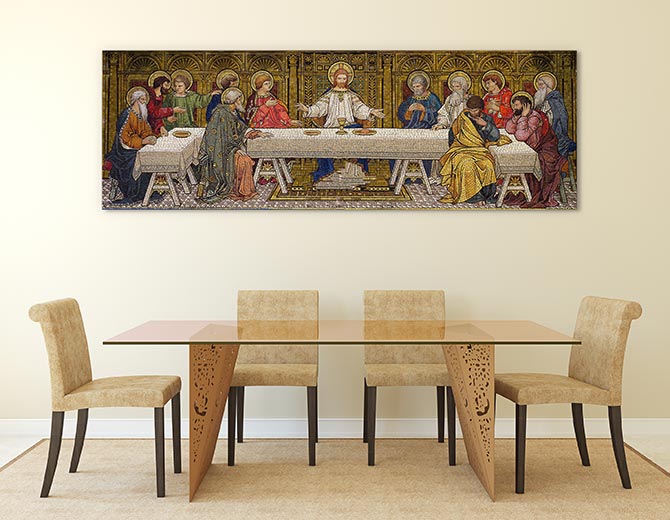The world of art is naturally confusing – after all, there’s no objective or scientific way of describing art. People will always disagree as to what art ‘is’ or ‘isn’t’ based on their own taste, experience, and reactions to any given work. People can even reject in its entirety a genre of art – a style of music, or painting, or a trend in literature, judging it all to be without exception unworthy of the sobriquet ‘art.’
Adding to the confusion is an imprecision of terms. Art movements and eras are described with creative and romantic terminology that resists precise definition. The term ‘post-modern’ is a perfect example of this: There exists even within the art world itself and the critics who discuss and analyse it disagreement as to when the post modern art era began, whether it has already ended or is ongoing, and what works would specifically be considered post modern.
This is as it should be – art has always sought to escape the bonds of definition and easy categorisation. However, these classifications are useful for discussion and analysis, and so we can and should attain some form of simple consensus regarding what post-modern art really is. Here follows a discussion of this genre – a beginner’s guide to the post-modern movement, designed as a primer and introduction to a very complex and ever-changing field.
The Post Modern Movement
As the name should imply, the post modern era follows what is commonly referred to as the Modern Art Movement, a period that began in the late 19th century and is generally agreed to have lasted until the mid-20th Century, though some would argue that the Modern Art movement continued until the 1960s. The term ‘post-modern’ was first introduced in the 1940s and was in wide use by the 1950s.
Artistic eras tend to be conscious rejections of the previous, and post-modern was no different. Post modern art was a distinct rebellion against modern art, which had gone from its own phase of rebellion and subversion to being the accepted normal in the art world. Post modern art can be seen to include all or many of the following features:
- Diversity of Materials: Post-modernism rejected the premise that art could only be made from certain classical materials (paint, canvas, stone, etc.) and actively sought to use diverse materials ranging from junk and garbage to bodily fluids – while still laying claim to the classical materials as well and often mixing them.
- Breakdown of Barriers between Fine and Low Art. Post modern art, especially Pop Art, rejected the idea that some art was ‘fine art’ and some simply common creative endeavours. This was achieved by using garish or gauche subject matter, such as advertising, as subjects. Often a very high level of skill and classical technique was applied to a subject that would have been found to be wholly inappropriate in the past. Perfect examples of this can be found in Andy Warhol’s renderings of soup cans and other mass produced products.
- Appropriation. Unlike previous movement, the post-modern movement did not abandon previous styles and techniques in a self-conscious attempt at severing ties with the past. Instead, it consciously appropriates styles and techniques from previous eras and reinvents them in a modern context.
Famous Examples of Post Modern Art
No post modern art beginner’s guide would be complete (or make much sense) without illustrative examples of what is considered post-modernism. Some examples that best demonstrate the principles of post-modernism include:
1. ‘No. 5’ by Jackson Pollock. Pollock’s paintings often initially appear to be simply splatters of paint on a canvas, but Pollock’s contribution to post-modernism was to celebrate the process over the subject or the technique. Pollock’s style of painting was all about how he painted and the materials he used, as opposed to what the painting was of.
2. ‘Masterpiece’ by Roy Lichenstein. A large-scale painting in the style of comic book art, the painting’s self-referential aspects (as it depicts two people gushing that an unseen painting is a ‘masterpiece’) and appropriation of style from the ‘low’ art of comic books perfectly encapsulates post-modern features.
3. Anything by Banksy. The street artist Banksy can be considered to be the modern culmination of the post-modern artist: Rejecting normal modes of expression altogether, he uses walls and other public spaces as a canvas and using classical drawing and painting techniques to convey anti-establishment messages.
Post-modern art is a deep subject that is still arguably developing all around us, and thus is very difficult to discuss with any degree of certainty. This beginner’s guide is designed simply to start the conversation, with the caveat that there may in fact be no right or wrong answers to the questions that it raises – which in itself is a key feature of the post-modern art movement.
If you’re a fan of Modern art and would love this look in your home, browse our collection of prints inspired by this era.

